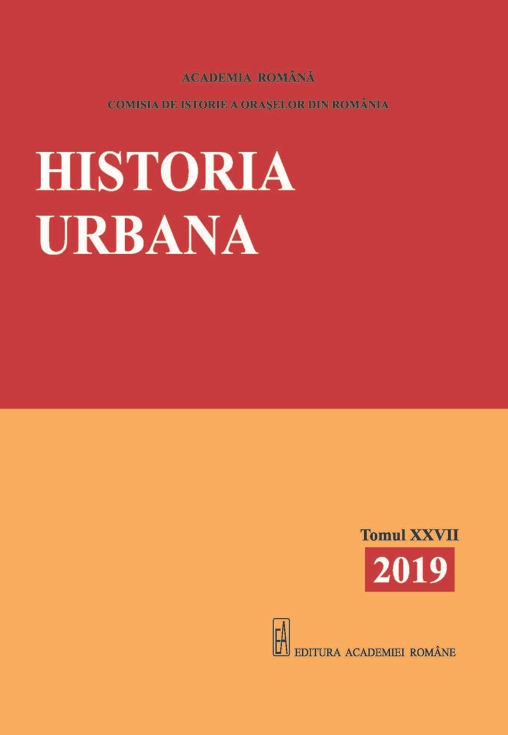Obligații militare și ordine de mobilizare a orașelor săsești din Transilvania la sfârșitul Evului Mediu
Military Obligations and the Mobilization of the Transylvanian Saxon Towns in the Late Middle Ages
Author(s): Liviu CîmpeanuSubject(s): Local History / Microhistory, Military history, 15th Century
Published by: Editura Academiei Române
Keywords: Transylvanian Saxons; Transylvanian Saxon Towns; military obligations; mobilization; town militia;
Summary/Abstract: The Realm of St. Stephan, like any other realm of Europe, was a world of political, administrative, social, juridical and cultural diversity and individualism. The best example is Transylvania, province of the realm since the 11th century, where individuals, families and communities were bound direct to the kingship, by given word and by written privilege. While archaic societies like the Szeklers kept their bounds with the kingship through the given word by the late Middle Ages, the rights and obligations of the Transylvanian Saxons towards the kingship were established, since their early settlement in the mid 12th century, through the written privilege. In this paper we aim to analyse the military obligations of the Transylvanian Saxon towns, seats and districts, established by the Hungarian kings in the 13th and 14th centuries. The main idea is that the four „local authonomies” of the Transylvanian Saxons (Sibiu, Brașov, Bistrița and The Two Seats – Mediaș and Șeica Mare), along with the city of Cluj, had distinct military obligations towards the kingship, (at least) until 1486, when the Transylvanian Saxon University was established. According to this obligations, the towns, seats and districts of the Transylvanian Saxons raised militias and hired mercenaries, in order to take part at the royal campaigns. Since the 15-th century there are preserved several orders of mobilization, issued by the Hungarian kings or by the Transylvanian voivodes and vicevoivodes for the towns, seats and districts of the Transylvanian Saxons. One can observe that the latter fulfilled this orders only if they received them direct from the king or from his appointed deputy. The mobilization orders issued by the voivodes, vicevoivodes and other military captains of Transylvania were simply ignored by the leaders of the Transylvanian Saxon towns, seats and districts. They relied on their written privileges and on their actual military might (militias and mercenaries), without fearing consequences from their Transylvanian neighbours. Yet, historical sources are mentioning the participation of the Transylvanian Saxon militias in campaigns led by the king or by the voievodes in Wallachia, Moldavia and in Transylvania itself (1426, 1427, 1442, 1467, 1476, 1479, 1526), which demonstrate that the Transylvanian Saxons fulfilled their military obligations towards the Hungarian Crown, even if this particular cases the orders of mobilization are not preserved.
Journal: Historia Urbana
- Issue Year: XXVII/2019
- Issue No: 27
- Page Range: 123-144
- Page Count: 22
- Language: Romanian
- Content File-PDF

